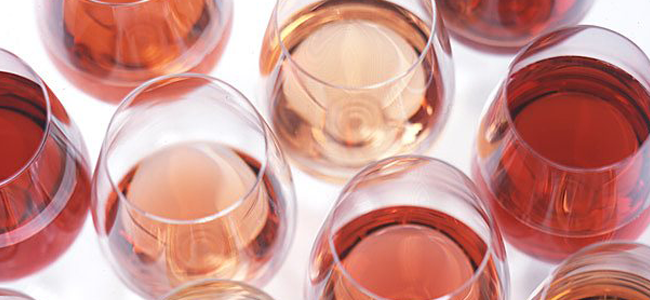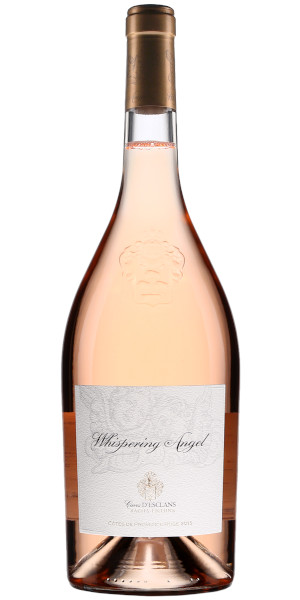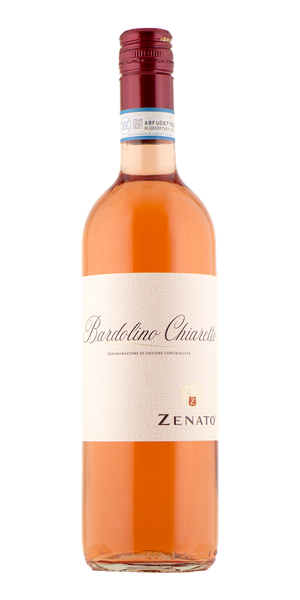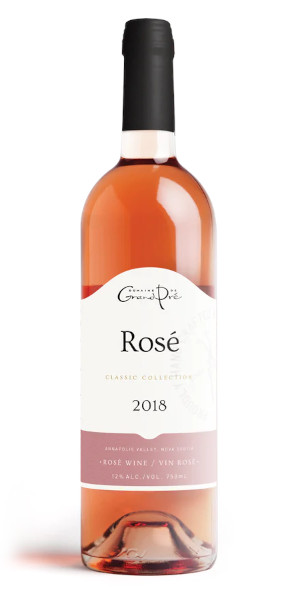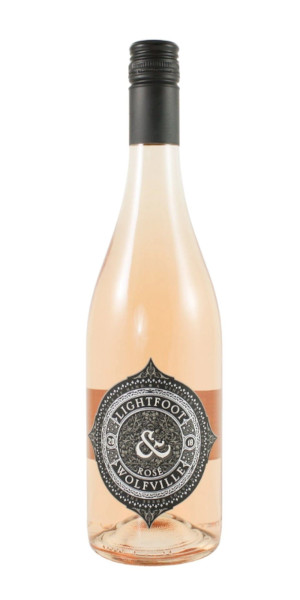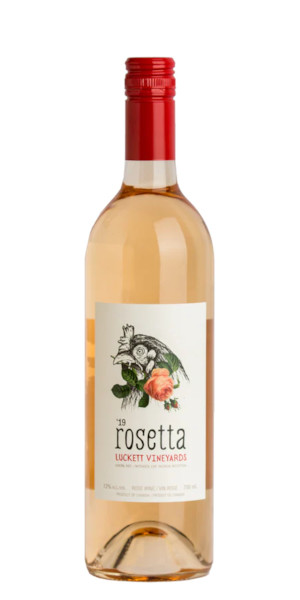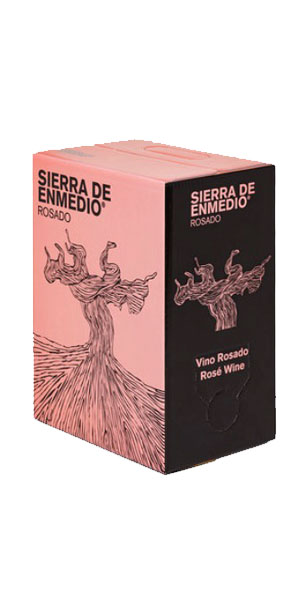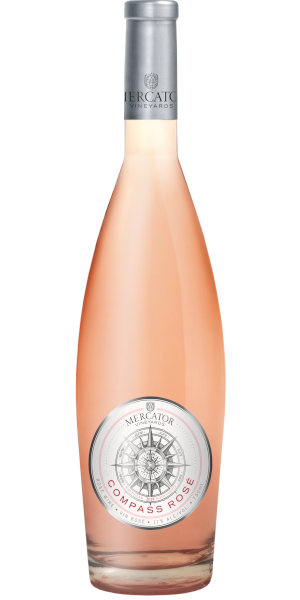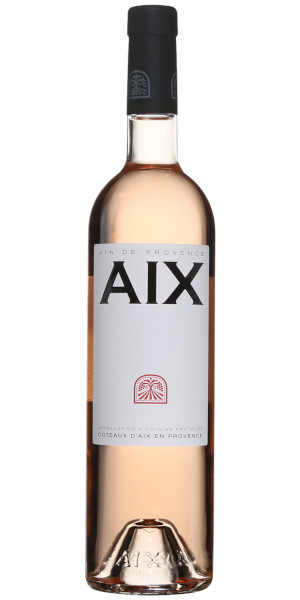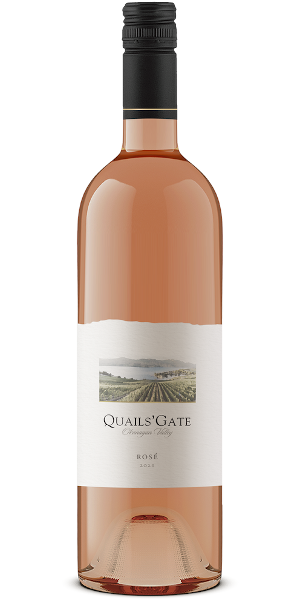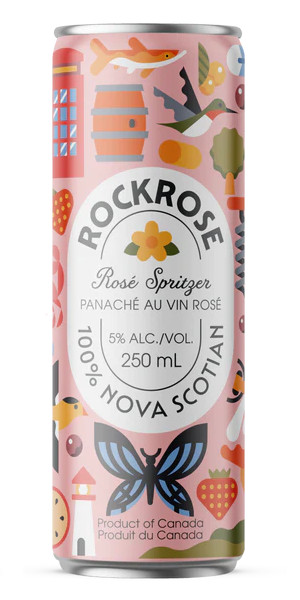Q: What’s the difference between rosé and “blush” wine?
A: Same same, but different. With longer days and the promise of warmer weather upon us, pink-hued wines are again top of mind.
There are essentially three ways of making a pink coloured wine.
1 – Vin Gris (“gray wine”)
Very pale rosé wine. Red wine grapes are lightly pressed and that pressed juice is fermented (without skins) just like white winemaking. The result is a very lightly pigmented wine with an almost greyish hue and delicate flavours.
2- Saignée (the “bleed” method)
Red wine grapes are crushed, but the juice and the skins remain in contact for a short time (2 hours- 2 days) until the desired shade of pink is achieved. A portion of the juice is “bled off” the skins. That juice is then fermented on its own and this is becomes rosé. Side note – the juice that remains in contact with the skins goes on to make a red wine.
3 – Blending white wine and red wine together. Some people may consider this cheating but it is a method used for making the Champagne rosé and many new world rosé wines.
So, where does blush fit in?
A “blush” wine refers to the sweet 1980’s Californian creation known as “White Zinfandel”. Blush wines are actually made by using dark-skinned grapes, a little bit of skin contact for colour, and then fermenting that juice without skins just like a Vin Gris.
What’s different is the style of the wine. Blush infers a jammy, fruit-forward and fairly sweet pink wine, while a rosé presumes that wine has a dry, fresh palate with as well as delicate aromatics and flavours.
Want to learn more about rosé wines? Read my blog post about rosé wines made around the world here.
-Alanna McIntyre, certified sommelier and WineAlign judge
Do you have questions about wine, beer or spirits that you’d like us to answer? Send your questions to online@bishopscellar.com to be featured in a future segment!
Think Pink: Rosé
We ❤️ Rosé at Bishop’s Cellar. We love these fresh, fun styles and think you will too #drinkpink

